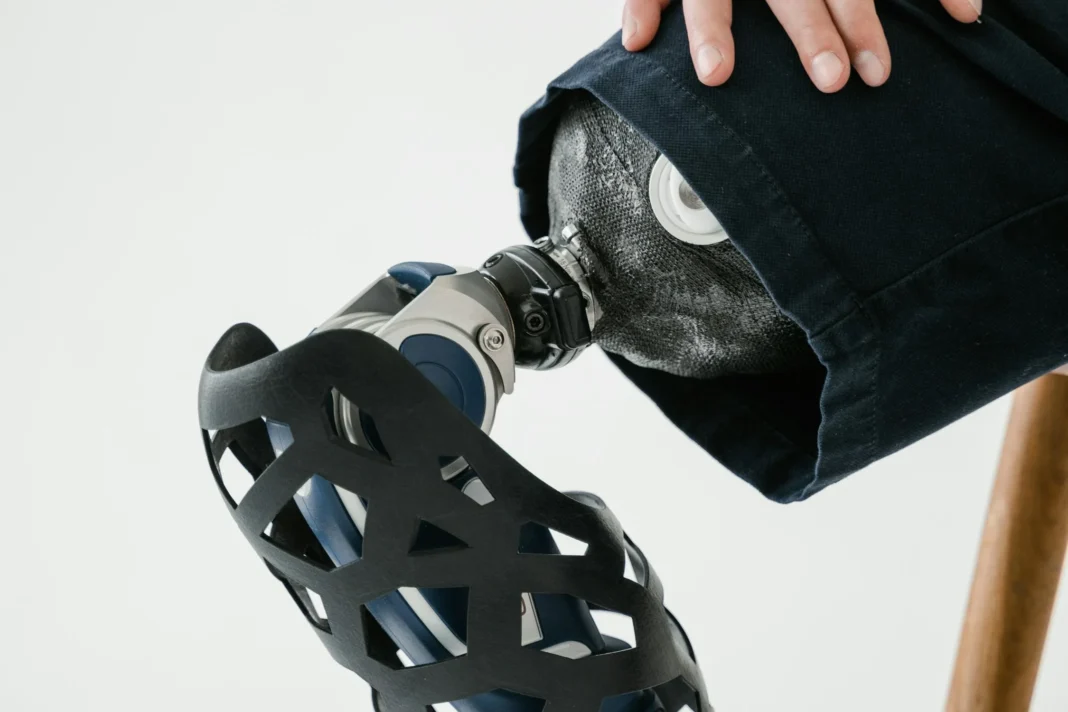Innovations are changing how we approach diagnosis, treatment, and patient care, from AI and machine learning to robotics and telemedicine. The future of healthcare is one of advanced software and algorithms. These tools are not replacing healthcare professionals but empowering them to make faster, more accurate decisions, ultimately improving outcomes and enhancing accessibility.
This article explores the cutting-edge innovations that are driving the future of healthcare. We’ll look at how AI revolutionizes diagnostics and treatment, how telemedicine brings healthcare to underserved communities, and how technologies like wearables and robotics redefine patient interaction and medical procedures.
AI in Healthcare: Enhancing Diagnostics and Treatment
AI is changing the way doctors diagnose and treat patients. Instead of spending hours sorting through charts and test results, they can now rely on smart software that quickly spots potential problems. In radiology, for example, these tools help highlight anything unusual in scans like X-rays or MRIs, giving radiologists a second look and helping them catch things they might otherwise miss. It’s like having a digital assistant that allows doctors to be even more thorough and confident in their decisions.
Predictive analytics, driven by machine learning, also enables healthcare providers to forecast potential complications before they occur. These insights support early interventions, which can significantly improve patient outcomes.
Beyond diagnostics, AI helps tailor treatments to individual patients. By analyzing genetic information, lifestyle data, and past responses to treatments, AI systems assist doctors in creating personalized care plans.
AI is also making strides in administrative tasks. Hospitals and clinics are deploying AI to streamline appointment scheduling, manage patient records, and optimize billing. These enhancements free up time for healthcare workers to focus on direct patient care, reducing burnout and improving the overall experience for both patients and staff.
Supercharging CPR Instruction With AI Technology
Learning to perform CPR correctly can mean the difference between life and death. Traditional CPR training, while effective, often lacks real-time feedback that helps trainees adjust their technique on the spot. Today, AI-powered tools are changing that dynamic.
Platforms designed to enhance CPR training use AI to analyze hand placement, compression depth, and rhythm during practice sessions. This feedback allows learners to improve immediately, boosting confidence and competence. AI doesn’t just offer critique, it becomes a personal trainer, guiding each motion precisely.
Importantly, these tools are helping democratize CPR education. People in remote or underserved areas who might lack access to certified instructors can now benefit from AI-driven platforms. AI technology is supercharging CPR instruction by scaling, meaning it can provide access to many more people while improving training quality. Individuals trained with AI support often perform more effective CPR, which can dramatically increase survival rates in cardiac emergencies.
Telemedicine: Bringing Healthcare to Your Doorstep
The pandemic pushed telemedicine into the spotlight, but its impact goes beyond those early days of lockdowns. Virtual doctor visits have become a reliable, convenient option for many people, especially those who live far from a clinic or have trouble getting around.
For people in rural communities, telemedicine makes it easier to connect with doctors and specialists without the hassle of extended travel. Seeing a provider from home has helped patients stick to appointments, manage ongoing conditions more effectively, and avoid unnecessary hospital visits.
It’s not just about the appointments, either. Telehealth systems also help with the behind-the-scenes work, like cutting down wait times and organizing everything. When combined with remote health-monitoring tools, these visits give doctors a clearer view of how patients do daily.
Many platforms even offer language translation features so patients who speak different languages can fully understand their care plans. This helps build trust and reduces the chance of confusion about important health instructions.
Wearable Technology: Monitoring Health in Real-Time
Wearables have evolved from fitness gadgets into powerful health monitoring tools. Devices like smartwatches track heart rate, oxygen saturation, sleep cycles, and even detect early signs of arrhythmias or sleep apnea.
These devices collect real-time health data, offering users and doctors valuable insights. For individuals managing chronic conditions, wearable tech provides daily updates supporting proactive care. A sudden change in metrics can trigger an alert, prompting timely medical intervention.
Doctors also benefit from this continuous stream of information. Instead of relying solely on periodic checkups, they can view trends over time, leading to more informed decisions and better patient outcomes. Wearables also empower users to take control of their wellness, encouraging healthier habits through instant feedback.
As sensor accuracy improves and integration with electronic health records becomes standard, wearables will continue playing a vital role in preventive care and long-term health management.
The Role of Robotics in Surgery and Patient Care
Robotics has emerged as a transformative force in modern healthcare. Robot-assisted surgery enables physicians to perform exact, minimally invasive procedures in the operating room. These systems reduce blood loss, shorten hospital stays, and promote faster recovery.
Surgeons operate robotic arms using advanced controls, translating their hand movements into ultra-fine adjustments. This technology is beneficial for complex surgeries involving delicate tissues or hard-to-reach areas. Patients benefit from reduced trauma and quicker healing, while surgeons enjoy enhanced visibility and dexterity.
Beyond the OR, robots are supporting healthcare teams in daily patient care. They deliver medication, assist with lifting and repositioning patients, and even provide companionship in long-term care facilities. Robotic exoskeletons help individuals regain mobility after strokes or spinal injuries in rehabilitation centers.
Robotics also contributes to infection control in hospitals. Automated cleaning robots can disinfect patient rooms and operating theaters with UV light or antimicrobial sprays, reducing the spread of harmful pathogens.
These applications highlight how robots can work harmoniously with human professionals, enhancing care while reducing the physical strain on healthcare workers.
Conclusion
Technological innovation is no longer a prospect in healthcare. It’s already here. Tools like AI, telemedicine, wearable devices, and robotics are driving a profound transformation in how medicine is practiced and delivered.
These advancements support more accurate diagnoses, personalized treatments, broader access to care, and improved patient engagement. They also help clinicians manage resources more efficiently, allowing them to focus more energy on patient interactions and outcomes.




